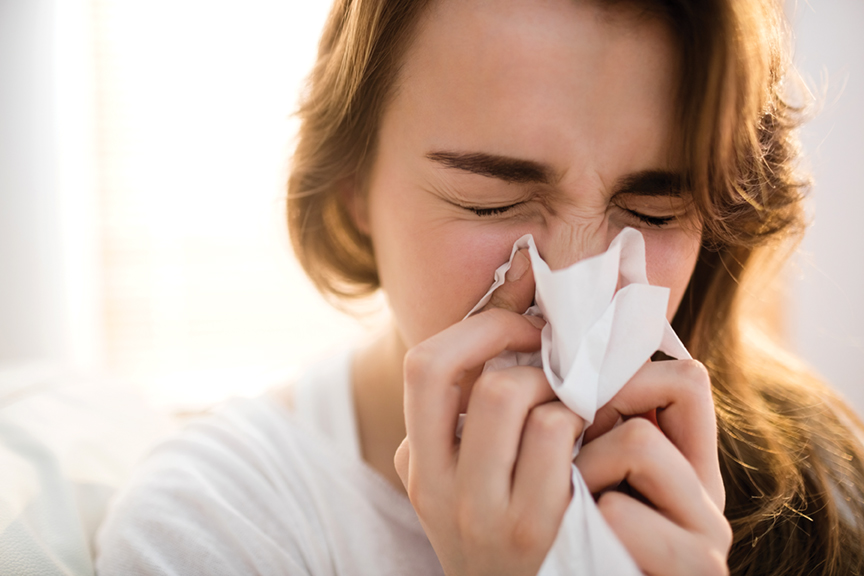Dust mites are microscopic insects that live in millions of homes across the country. Although they don’t bite or transmit diseases, they’re a major culprit for allergies and cause symptoms such as sneezing, itchy and watery eyes, cough and nasal congestion if you are allergic to them.
Dust mites are too small to see with the naked eye and feed on the microscopic flakes of human skin that we naturally shed. They thrive in warm, humid weather, so Florida is a prime breeding ground for these insects. They usually live in bedding, mattresses, upholstered furniture and carpets and are a major component of household dust.
While getting rid of them is nearly impossible, there are ways to limit their prevalence in your home.
1. Put dust mite-proof covers on your mattress and pillows
Dust mite-proof pillow, mattress and box spring covers can be found at most stores and at online retailers. Sometimes these are labeled as “hypoallergenic” covers. It’s important to get the kind that have a zipper and that completely encase the item. Covering your bedding will protect dust mites from establishing themselves in your bedding material and can limit your exposure. You can put your washable mattress pad and sheets on top of these covers.
2. Avoid bedding stuffed with foam rubber or kapok
Dust mites love to burrow into fluffy materials, so avoid buying foam rubber mattress toppers or kapok pillows and mattress pads. The porous material makes it easy for the tiny critters to crawl into small crevices deep in the bedding.
3. Limit the number of stuffed toys and decorative pillows in your bedroom
If you or your child has stuffed toys in or around your bed, it’s best to store them somewhere else while you sleep, like in plastic storage bins or in your closet. Dust mites can burrow in the soft material. If your child must sleep with a favorite stuffed toy, wash it weekly to avoid a buildup of dust mites.
4. Wash your sheets in hot water once a week
Washing your sheets in hot water (130F or higher) can reduce exposure to dust mite allergens. Make sure to wash your sheets weekly. Your sheets have one of the highest concentrations of shed skin particles, making it a big attraction to dust mites. Weekly washing of your sheets can decrease the dust mite residue. Do not hand wash in hot water, as this would be a burn risk.
5. Vacuum and dust regularly
Dust mites are not a sign of a dirty home. However, regular vacuuming and dusting can remove the allergen particles that they leave behind. You should vacuum in areas that accumulate dust, like under beds and sofas. Also, use a vacuum that has a HEPA filter to reduce allergens that get airborne when vacuuming.
If you think you may be allergic to dust mites or other allergens in your home, speak with an allergy specialist about getting tested.
About the Author
Dr. Aishah Ali is a board-certified allergist and immunologist at UCF Health in Lake Nona. She helps patients to minimize the impact of their allergies through testing and treatment. Learn more at ucfhealth.com.




Comments